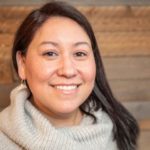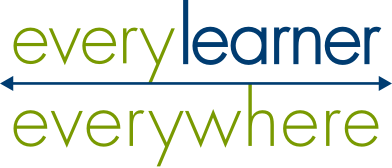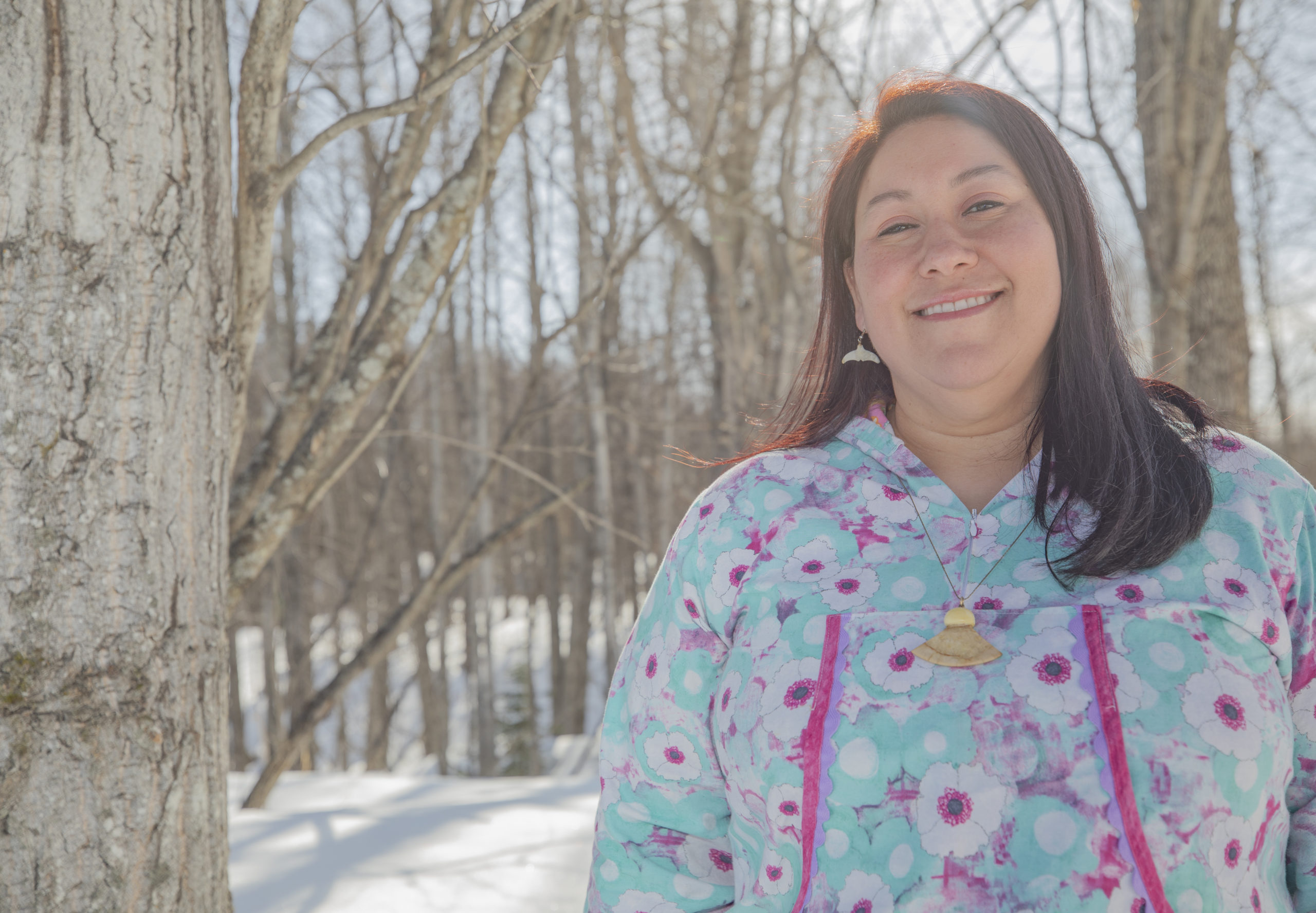In 2000, I was attending junior college in California. As an underclassman, I didn’t have a lot of choices for classes because by the time I was able to register many classes were already full. So, I decided to take a class called Anthropology. It met the social science requirement for my degree, and it still was open for registration. I had no idea what Anthropology was… but I thought, what the heck, might as well.
This was the first step in a journey in which I grew to love Anthropology and gain a better understanding and respect for Indigenous peoples, and myself as an Indigenous person. During the class, we made our way around the world learning about Indigenous peoples. Once we got to the North, the film they showed to teach this class of mostly Californians was “Nanook of the North.” I was a bit appalled. This was not the best representation of my people. And the class thought it was comical, and not serious. I proceeded to step out of my comfort zone and tell the class that I was from the North, and I had more contemporary and respectful visual aids that could help show who we are as Iñupiaq people. So, I proceeded to teach the class about who Iñupiaq people are. This fueled a passion I have had since—a mission to make sure that Indigenous peoples have a voice and that myths about Indigenous peoples are dispelled.
Fast forward to completing college, returning home to Barrow, Alaska, and working first under a museum culture grant, and then for Iḷisaġvik College, Alaska’s Only Tribal College. Iḷisaġvik College is the United States most northern college- offering both a 4-year degree program, a number of Associate degree programs, and workforce development credentialing. Iḷisaġvik’s primary focus is to provide education and workforce development training for the North Slope of Alaska. This is a huge land mass, estimated at about 89,000 square miles, which is about the size of Oklahoma. We have 8 communities across this area, with a population around 7,000 people. With our goal, we had to keep digital learning a priority of ours—beginning with teleconference calls and ending with more state of the art 21st century digital learning models that were accessible over the cloud. Our ability to connect with our North Slope population grew, and by 2020, we had students digitally connecting to our programs from across Alaska, and into the lower 48 states with students as far east as Maine.
I had a great honor learning from our leaders of the institution and giving back to our North Slope community in many ways. In 2012 I became Iḷisaġvik’s 4th President and served in that capacity for 8 years. During that time, we pushed the limit, focusing our activities on our students and their success, solidifying our financial foundation with many years of clean audits, and expanding our educational offerings, ending with the inclusion of a 4-year degree in Business Administration, the first 4-year degree offering in the history of the college. My tenure culminated with an important initiative: Unapologetically Iñupiaq. As a tribal institution, situated on the lands of the Iñupiaq people, we wanted to be strong in our conviction that we were an Iñupiaq focused organization. This was especially impactful because our employee base was primarily not Iñupiaq people, however, a large portion of our students were. By putting forth this initiative, and having buy in from our employees, we created an environment that was more welcoming and accepting of our Iñupiaq students, and other students of color.
During my time as President of Iḷisaġvik, I decided that it was important for me to continue my own educational journey. I had completed a master’s degree in Alaska Native and Rural Development, a distance program, from the University of Alaska Fairbanks while I was working for the College, prior to being appointed President. However, I felt that if I was a leader of an institution of higher education, I should be a role model, and walk my talk. It was important to me that I would then be able to truly encourage others to obtain higher education after high school. Therefore, I deduced, I should have a terminal degree. I decided to enroll in the Indigenous Studies Ph.D. Program at the University of Alaska Fairbanks. This was a distance program as well, continuing on my journey of accessibility to digital learning, but it also allowed for the potential of a semester away program, which intrigued me.
I proceeded to focus my Ph.D. work on Indigenous Leadership and researched the differences between Indigenous and western leadership models. My research highlighted Iḷisaġvik College, Tribal Colleges in general, and the University of Hawaii at Manoa (and I spent a semester attending UHM). My dissertation entitled, “TUMITCHIAT: IÑUQQAAT AULLARRISIATUN IḶISAĠVIIT: A NEW PATHWAY: INDIGENOUS LEADERSHIP IN HIGHER EDUCATION, was finalized in 2016. It did find stark differences between Indigenous and western models of leadership and proposed that Indigenous leadership had many positive attributes that when implemented, supported student success in higher education.
The journey of an Indigenous person in higher education is not easy. Western education models were not designed with the success of Indigenous people in mind. In fact, education has consistently been used as an assimilation tool against Indigenous peoples. Tenacity, a thirst for knowledge, and a commitment to paving a path for the next generation of Indigenous scholars, leaders, and community catalysts have always been important to me. As big part of that effort is making sure that we as educators meet students where they are—and much of that time means making digital learning accessible to them. Once we achieve these goals of accessibility, the playing field for all Americans will begin to even out- and equity in learning will have long lasting positive change for us all.
 Dr. Pearl Brower is the President and CEO of Ukpeaġvik Iñupiat Corporation (UIC) and served on the UIC board of directors since June 2021. In her previous role she served as the Senior Advisor for Alaska Native Success, Institutional Diversity and Student Engagement at the University of Alaska. She serves as the Alaska Native representative on the Alaska Postsecondary Access and Completion Network, serves on the Alaska Airlines Community Advisory Board, on the Foraker Group’s Operations Board as Chair, a board member on the National Museum of the American Indian (NMAI) Board of Directors, and serves her village corporation as a Board Member for Ukpeagvik Inupiat Corporation. In October of 2020, Dr. Brower left the Presidency of Iḷisaġvik College, Alaska’s only Tribal College where she had been in administration at the college for 13 years, the last 8 serving as President. Dr. Brower earned a B.A. in Anthropology and a B.A. in Alaska Native Studies from University of Alaska Fairbanks, 2004. She earned her Masters in Alaska Native and Rural Development from University of Alaska Fairbanks in 2010 and her Ph.D. in Indigenous Studies, with an emphasis in Indigenous Leadership from the University of Alaska Fairbanks in May 2016. Brower is active around Alaska and beyond working to build and strengthen partnerships and access to digital learning to increase the percentage of Alaskans who complete postsecondary education. She was named one of Alaska’s Top 40 Under 40 in 2015, the First Alaskans Institute Young Alaska Native Leader in 2019, and received the 2019 YWCA Women of Achievement award. Dr. Brower grew up in both Barrow, Alaska and in northern California practicing a subsistence lifestyle in both areas. She and her husband, Jesse Darling, have two daughters, Isla and Sindri.
Dr. Pearl Brower is the President and CEO of Ukpeaġvik Iñupiat Corporation (UIC) and served on the UIC board of directors since June 2021. In her previous role she served as the Senior Advisor for Alaska Native Success, Institutional Diversity and Student Engagement at the University of Alaska. She serves as the Alaska Native representative on the Alaska Postsecondary Access and Completion Network, serves on the Alaska Airlines Community Advisory Board, on the Foraker Group’s Operations Board as Chair, a board member on the National Museum of the American Indian (NMAI) Board of Directors, and serves her village corporation as a Board Member for Ukpeagvik Inupiat Corporation. In October of 2020, Dr. Brower left the Presidency of Iḷisaġvik College, Alaska’s only Tribal College where she had been in administration at the college for 13 years, the last 8 serving as President. Dr. Brower earned a B.A. in Anthropology and a B.A. in Alaska Native Studies from University of Alaska Fairbanks, 2004. She earned her Masters in Alaska Native and Rural Development from University of Alaska Fairbanks in 2010 and her Ph.D. in Indigenous Studies, with an emphasis in Indigenous Leadership from the University of Alaska Fairbanks in May 2016. Brower is active around Alaska and beyond working to build and strengthen partnerships and access to digital learning to increase the percentage of Alaskans who complete postsecondary education. She was named one of Alaska’s Top 40 Under 40 in 2015, the First Alaskans Institute Young Alaska Native Leader in 2019, and received the 2019 YWCA Women of Achievement award. Dr. Brower grew up in both Barrow, Alaska and in northern California practicing a subsistence lifestyle in both areas. She and her husband, Jesse Darling, have two daughters, Isla and Sindri.


